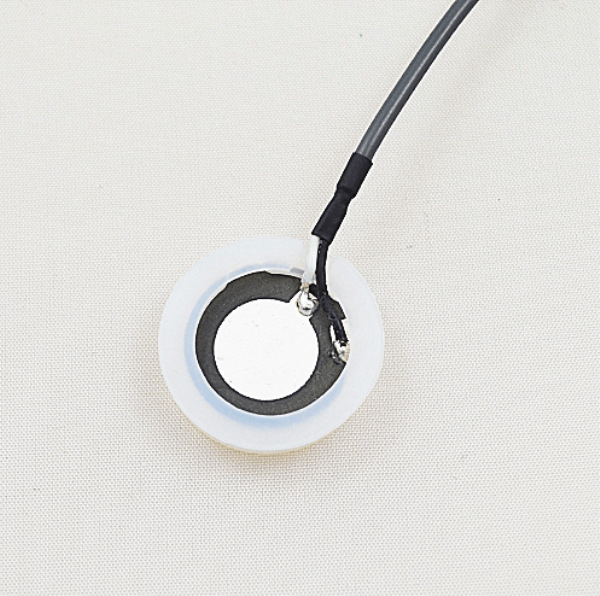

The recipient feels pain, and can be momentarily paralyzed while an electric current is being applied. The recipient is immobilized via two metal probes connected via wires to the electroshock device.

Commonly referred to as a stun gun, electroshock weapons are a relative of cattle prods, which have been around for over 100 years and are the precursor of stun guns. The XR-5000 design was widely copied as the source for the compact handheld stun gun used today.Įlectroshock weapon technology uses a temporary high-voltage, low- current electrical discharge to override the body's muscle-triggering mechanisms. Ĭover's patent was adapted by Nova Technologies in 1983 for the Nova XR-5000, their first non-projectile hand-held style stun gun. The Taser Public Defender product used gunpowder as its propellant, which led the Bureau of Alcohol, Tobacco and Firearms to classify it as a firearm in 1976. By 1974, he had completed the device, which he named after his childhood hero Tom Swift ( "Thomas A. Jack Cover, a NASA researcher, began developing the Taser in 1969. The glove delivered 1,500 volts of electricity (only 0.03% of the modern tasers voltage) In 1935 Ciril Diaz of Cuba designed an electroshock glove for use by the police. In comparison, a TASER device is a long range weapon that incapacitates the target by disrupting voluntary muscular control through the motor nervous system. It can also cause some muscular disruption, but that generally requires 3–5 seconds of direct contact. Though the two terms are often used interchangeably, stun guns are actually direct contact weapons that work mainly through pain compliance by affecting the sensory nervous system. Long-range electroshock projectiles, which can be fired from ordinary shotguns and do not need the wires, have also been developed. Stun guns, batons (or prods), cattle prods, shock collars, and belts administer an electric shock by direct contact, whereas TASER conducted electrical weapons (CEWs) fire projectiles that administer the shock through thin flexible wires. It delivers an electric shock aimed at temporarily disrupting muscle functions and/or inflicting pain without usually causing significant injury. A taser, with cartridge removed, making an electric arc between its two electrodesĪn electroshock weapon is an incapacitating weapon.


 0 kommentar(er)
0 kommentar(er)
